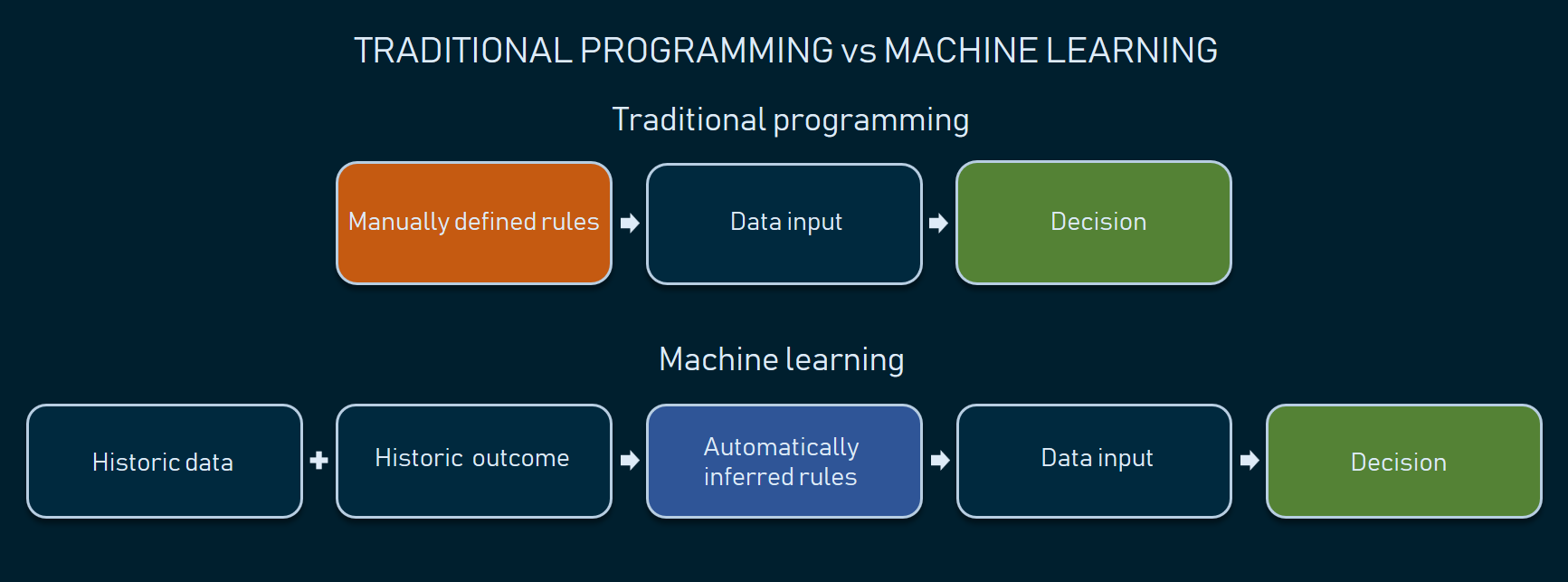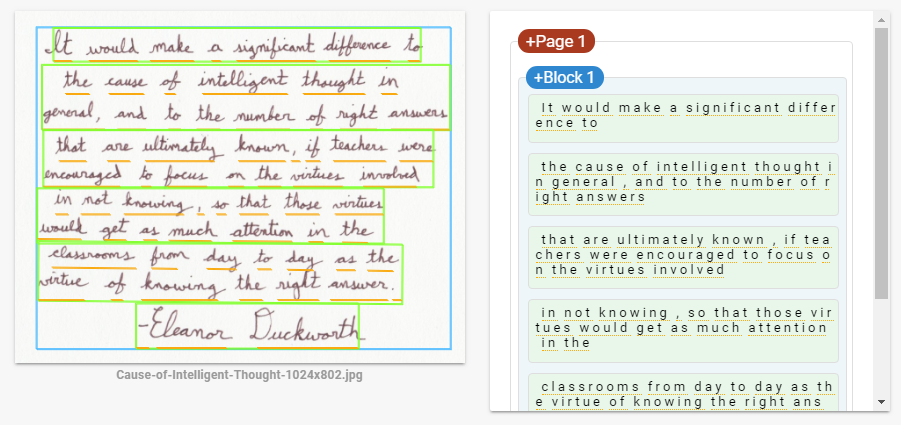AI in Insurance: Business Process Automation Brings Digital Insurer Performance to a New Level

MMS • RSS
Article originally posted on Data Science Central. Visit Data Science Central
The insurance industry – one of the least digitalized – is not surprisingly one of the most ineffective segments of the financial services industry. Internal business processes are often duplicated, bureaucratized, and time-consuming. As the ubiquity of machine learning and artificial intelligence systems increases, they have the potential to automate operations in insurance companies thereby cutting costs and increasing productivity. However, organizations have plenty of reasons to resist the AI expansion; the fear of unemployment and the lack of trust in cognitive systems are among them.
But these are hardly justified concerns. According to Accenture, two out of three CEOs of insurance companies expect job net gain, even though AI insurance advocates claim that the time of insurance agents made of flesh and bone has gone. The truth is somewhere in the middle: Insurance companies can achieve synergy combining human and AI efforts. Interestingly, employees are optimistic about AI implementation. The Accenture report mentioned suggests that over 60 percent of insurance industry leaders surveyed by the consulting firm believe that AI adoption will boost their carriers. So, let’s talk about the main opportunities of AI adoption in the insurance industry.
What is AI Insurance: the technology behind innovation
Imagine that you plan to personalize health insurance quotes for people having various heart conditions. This requires precise, real-time, individual heart-tracking. To access this data, insurers can fully or partly cover the price of a wearable device (e.g. Apple Watch or other) that would track heart rhythm and stream collected data to a server. Then this data must be analyzed against the insurant’s electronic health record (EHR) dataset to infer predictions on whether a given person may shortly need medical attention. The higher the risk, the higher the monthly or annual quote is.
And this is a rather simplified and “one-of-many” model. Currently, AI algorithms can classify clients – by monitoring their health records – into hundreds of groups depending on various risks, which is a win-win relationship. Most customers enjoy a personalized approach as they seek fair quotes. On the other hand, insurance carriers can better manage risks and margins.
So, how does this work?
In general terms, artificial intelligence (AI) is a computer system capable of analyzing data in a nonlinear way, making predictions about it, and arriving at decisions. Advanced systems are able to continuously learn and enhance themselves.
Usually, machine learning (ML) builds AI systems using methods that employ statistical analysis of existing records to make predictions on new data. For example, if we have extensive health data on previous clients, we can predict the likelihood of this or that client looking for medical care and how soon this may happen. Unlike traditional, rule-based algorithms, machine learning doesn’t require engineers to explicitly map various input-output scenarios. This allows for forecasting and making decisions based on numerous, intricately connected factors, the thing that traditional programming can’t achieve.

Automatically inferred rules ensure higher variety and precision of decision-making
NB: Some experts prefer to narrow down the AI term to describing a distinct and independent agent that handles inputs, analyzes them, and makes decisions. In our article, we use AI to refer to any smart system that leverages data science techniques to either make decisions or just augment human workflow.
While AI systems aren’t smart enough to fully replace humans, they already suggest several tangible improvements to a carrier’s operations. Let’s a have a look at these opportunities.
AI use cases in the insurance industry
So far, we see seven main areas in the insurance industry where AI can be helpful.
Speech/voice recognition in claims handling
Every day an average insurance agent spends up to 50 percent of their time manually filling in various forms to handle claims. Natural language processing (NLP) and speech recognition algorithms can transcribe and even interpret human speech to streamline this cumbersome routine.
There are a few NLP-driven products that specifically address claims handling. One example is Dragon Naturally Speaking solution by Nuance. The software automates data entry by transcribing agents’ speech, recognizing specific commands to fill in forms in bulk, and analyzing unstructured text. The system also provides an interface to format, correct, and revise the text using voice commands. The company claims that their AI solution has reached 99 percent recognition accuracy.
Text recognition to digitize documentation
Even though most documentation is now available in digital formats, a number of insurance practices still require physical document exchange with both typed and handwritten text, both of which eventually must be digitized in one way or another. Multiple providers of ML-driven platforms – including those supported by Microsoft and Google – have APIs for text recognition. Setting the right hardware is still a carrier’s problem, but the recognition itself doesn’t require custom machine learning engineering as now you can utilize pre-built APIs and integrate them with internal digital infrastructure.

Handwritten text recognition via Google Vision API showcase.
Recommendation engines and robo-advisors
Insurance recommendation engines can work like common eCommerce recommendation systems by applying the same techniques to insurance marketplaces that offer services by multiple carriers.
Another common case is a robo-advisory system. Both life and P&C (property and casualty) insurance can employ that system similar to how it’s used in the investment area. Such systems provide a convenient visual interface for clients to customize their insurance requirements and generate personalized insurance plans or offer P&C insurance.
One insurance robo-advisory success story is the startup Clark. The German company has raised over $43.5 million to let users buy and manage life, health, and property insurance. An AI algorithm also analyzes current insurance plans and suggests ways to optimize them.
Fraud detection
Fake or duplicated claims, unnecessary medical tests billing, and invalid social security numbers are common fraud types that both healthcare and insurance industries suffer from.
Machine learning has proved its efficiency in fraud detection as it can identify implicit and previously unknown attempts using anomaly detection combined with other complex techniques. (Check our fraud detection infographic to get the idea.)
If you don’t have a large track of fraudulent claims to use for your AI fraud detection engine, there’re options on the market to look at. Shift Technology ships an AI-based fraud detection solution suggesting that they’ve analyzed about 100 million P&C claims to train machine learning algorithm in recognizing suspicious activities.
Personalized car insurance
Personalization is a desirable leap forward – as we mentioned – both for carriers and their clients. The main barrier is acquiring enough data to make personalization precise and well… fair.
The idea of telematics (using car black boxes and sensors to track driver behavior) is becoming increasingly popular in insurance. It allows configuring custom car insurance quotes once the driver behavior data is analyzed. Telematics systems can collect data and stream it via the mobile connection right to the carrier’s servers for further analysis where the algorithm can elicit personalized quotes based on individual driving style.
UK-based insurtech company MyDrive Solutions provides end-to-end telematics products backed by ML-driven analytics. The product helps insurance companies with risk profiling, premium optimization, and even fraud detection. On top of that, the MyDrive app encourages safe driving by providing drivers with tips and feedback.
Image analysis in claim assessment
Nearly all types of insurance claims contain images, including healthcare, car insurance, and even agro cases. Image recognition has become one of the most rapidly advancing branches of machine learning after deep neural networks were introduced: Today you can use Google Lens to recognize common objects with your smartphone camera. And now off-the-shelf services like IBM Watson Visual Recognition support domain-specific tasks, given that you have enough historic data to train a machine learning model.
The use cases for image recognition in insurance abound. For instance, a carrier can speed up agrarian claims handling by collecting field images using drones and further analyzing them with AI. Another stand-out example is car insurance. A UK subsidiary of Ageas created the tool called AI Approval. The product assesses the damage in car accidents. It takes several seconds to calculate the coverage and decide whether the claim is valid. The system also sends alerts on potentially fraudulent claims.
Sentiment and personality analysis
Sentiment and personality analysis is another emerging trend in the business world as it allows for collecting and yielding insights from customer reviews on social media, in voice records, and even videos. Most often personality and sentiment insights sit in the zone of marketing interest. The insurance system can analyze reviews in media, detect complaints, and send reports to the marketing department of a company. As a result, the organization can control the media environment around the brand and proactively react to unhappy reviews and disputes.
Five questions to ask before starting an AI insurance project
Prior to embedding AI in a carrier’s operations, consider employing thorough planning for data-driven strategy, as complex AI projects usually require substantial investment and staff training. A good practice for introducing a data science strategy in a midsize or an enterprise-scale organization is to reveal the main blockers at the early stages by answering a set of essential questions.